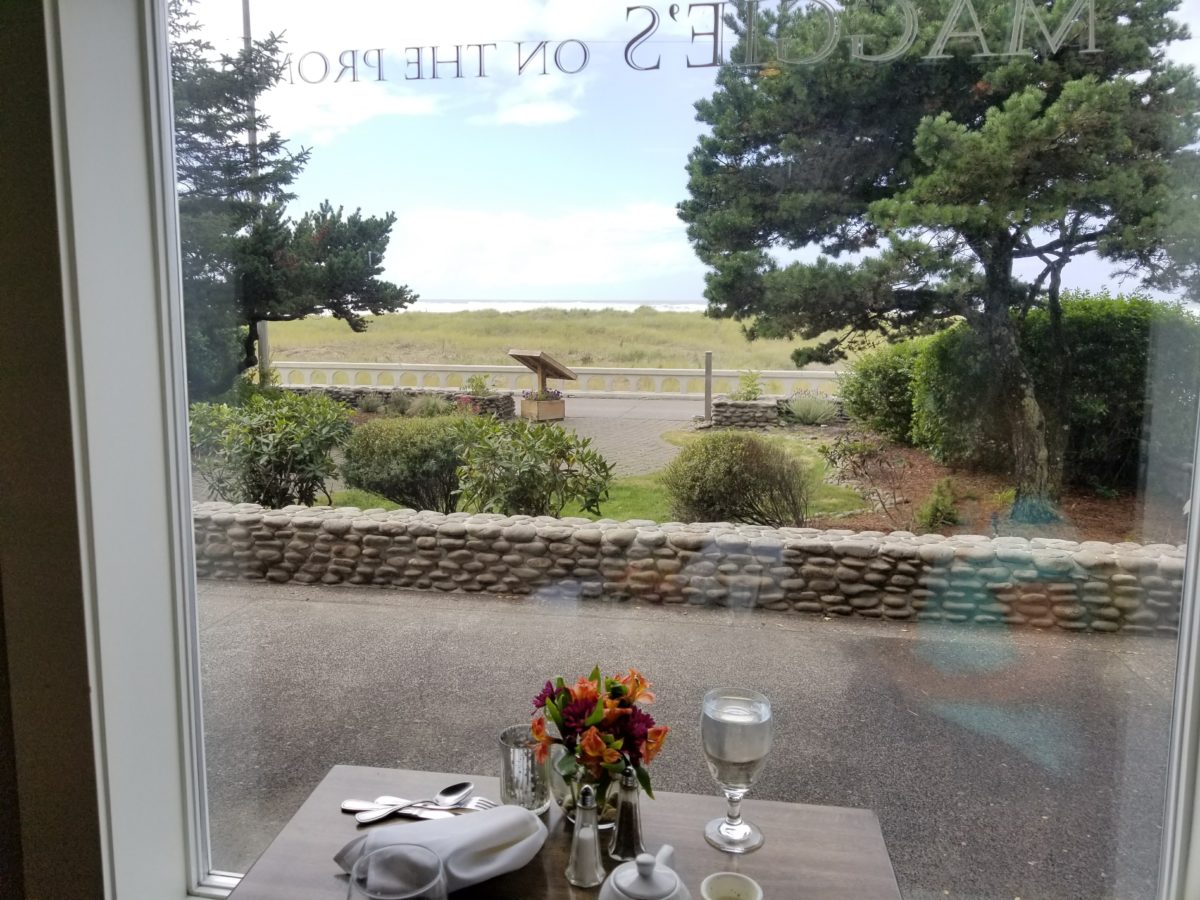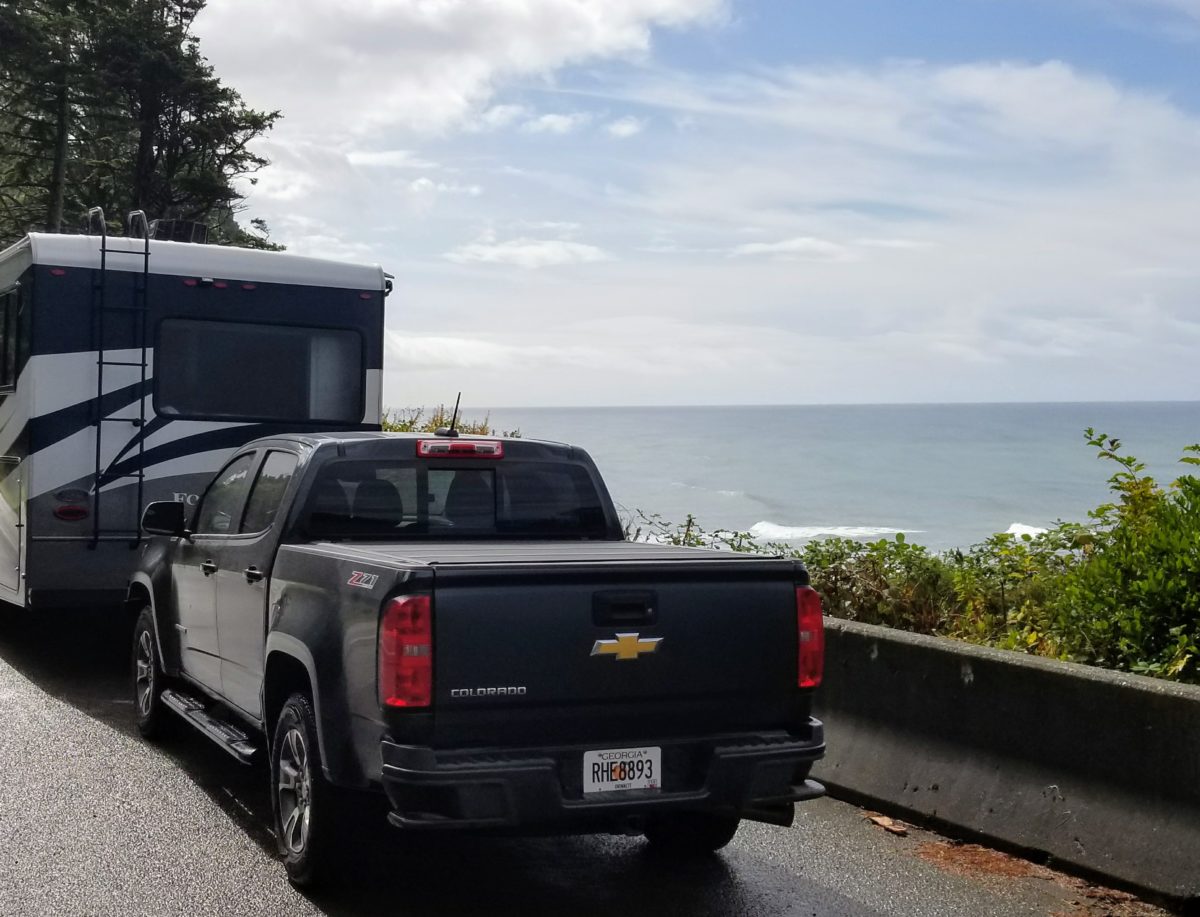
We have been “homeless” since July 25th. We sold our house in Suwanee and have been vagabonds in our RV. When we left our home for the last time, we went to the campground at Stone Mountain Park, the only RV camping place we know of in Atlanta. Our first choice was to stay in one of the Corps of Engineers parks at Lake Lanier, but the Corps had not opened their parks since Covid. We don’t have a good address. “Home is where we park it.” Please keep in touch by email, phone, and this blog.
For years, we have talked about the possibility of moving to Florida. If you think it long enough, it might become reality. The present plan sort of began when we bought an RV in March 2017. Soon after we got the RV, we wanted to take it to St. George Island, our long-time family vacation spot. We tried several times to get a campsite at the state park on the island, unsuccessfully. In the meantime, our Summer 2017 RV trip across the country and other life events intervened.
In February 2018, we made another unsuccessful attempt to reserve a site at St. George Island State Park. Then we moved our fingers on the map along the Florida panhandle until we got to the next state park on the coast. It was on the Saint Joseph Peninsula, also known as Cape San Blas. Even though this area is not far from Saint George Island, we were not familiar with it. We were successful in reserving a few days at Saint Joseph Peninsula State Park. After a few days enjoying the unspoiled beaches at the park, I said, “There is some little town on the mainland. Let’s see if it has a place to eat.” When we got out of the car on the main street in the town of Port St. Joe, we were immediately aware that it was different from other Florida towns that we knew. The tiny downtown was laid out in neat blocks, alleys and wide sidewalks. There were quite a few cars parked in front of the handful of restaurants. There were people on the sidewalks and golf carts.
When our short trip was over, we returned to our busy Atlanta lives but kept this area in the backs of our minds. It seemed to match several of the things we were looking for in a place to retire. There was a defined town with a sense of community. We were also looking for a place near the sea that had a real community, churches, and homes within a bike or golf cart ride to restaurants and shops.
We returned to the area in September 2018 and stayed at an RV park on the bay between the Cape and the town. We looked at a few homes on Zillow and met with an agent to see them. We didn’t really like what we saw. Aside from a few large homes, most houses were 1950’s era houses with small, chopped up rooms and tiny bathrooms. Surprisingly, they were mostly red brick, one-story homes at ground level.
We also looked at houses on St. George Island on this trip, including a house on the bay side of the island that had a wonderful view of the sunset and the bridge. It was not elevated, but it was priced accordingly. We were also interested in a house that we looked at with the agent in Port St. Joe. Three weeks after we returned to Suwanee and began seriously considering buying property in Port St. Joe, Hurricane Michael struck the town and nearby Mexico Beach on October 10, 2018. At the time, Michael was categorized as a Category 4 storm, but later was determined to be a Category 5. The very strong storm made toothpicks out of the 1950’s homes built on wood poles on the Gulf at Mexico Beach. Port St. Joe is eleven miles down U.S. 98 on the Saint Joseph Bay. There, the wind from the Gulf rushed into the bay and drove an 8 foot storm surge into the ground-level homes. Most homes in the town were damaged. Even several blocks from the water, a wall of water blew out the doors and windows in the front of the houses, then exited the back, taking the doors, windows, and furniture with it, and surged through again on it’s way back to the bay.




Now, almost two years later, some of the houses have been restored and a few new houses have been built on the lots where houses were totaled. Contractors as still very backed up. Quite a few homes, sadly, are still boarded up or worse. A family in town had to have the remains of their home bulldozed and hauled away because of the extent of damage. You are not allowed to restore a home here when damages are 50% or more of the value of the house. The family had made plans to build a new house on the same lot. About a year later, even though they wanted to stay in that neighborhood, they could not wait any longer for the builders who told them it could be a year or more before they could get to them. They bought a house in a new development outside of town. We feel their grief in losing their house and neighborhood, but we were excited to see a lot near downtown advertised for sale as there were essentially no lots available near downtown. From our living room, Rob showed the listing and location of the lot to Jane. She said, “I could go with that.” We closed on the lot on August 27, 2019. We met with builders the same day and the next one. One of them was hard to get in touch with for a while. He was a small builder, only building about five houses a year. He is very selective, but when he learned that our house would be in town, a few blocks from where he lived, he agreed to meet with us. His reputation was sterling. He had lived in the town all his life and everyone knew him or knew of his reputation. One person said he built a house “like a fine piece of furniture.” We discussed with Phil the fact that a house he had built at Mexico Beach withstood everything the storm threw at it with only a damaged shutter. Rob asked, “If other houses that were built at the same time with the latest building code were damaged more by the storm than your’s, how do you account for that?” He was quiet for a few seconds, then said, “I don’t know you too well, but I will go ahead and tell you this. Every morning before work begins on a home, my men and I stand together and pray for the work we will do that day and for the family who will live in the home.” We had our builder.
Certainly by now, you are wondering when we lost our minds and decided to build a house in a town that was devastated by a hurricane, on a lot where a house was destroyed. Updated building codes are much, much stricter than when most of the houses here were built. Remember seeing the house at Mexico Beach on TV that wasn’t damaged? The most important difference is that the building has to be elevated. The top of our pilings are 11 feet from the ground. The floor will be about 14 feet from the ground. More on the house construction will be in another post.
Next we had to hire an engineering firm to design the structure of the house. They also had a “designer” who helped us with the floor plan. Jane eventually had to do the designing and he just put it in the software program that produced documents to be turned over to the engineers. The engineers determined the number and height of pilings and beams required for that house on that particular lot, considering elevation of the lot and soils. It is also required here that engineers design all framing, even specifying all fasteners. This process, to our exasperation, took nearly one year. Every construction-related services provider here is backed up. Before the storm, new home construction was just begun to perk up here and the few builders in the area were already busy. After the storm, it became very difficult to get any construction work completed.
After trying to get a house started for a year, we were greatly excited when the builder called us last month to say that the piling contractor had gotten to our job and would break ground on our property on August 20. Our excitement is tempered by the builder’s preparing us for up to 12 months of construction time. It is not a big house. Most of the time will be spent waiting on subcontractors, especially the plumbers and electricians. The piling work only took one week, but nothing has happened on the lot for a month now. The framers are due anytime, but their other job was interrupted by Hurricane Sally, which brushed by this area and caused very heavy rain and wind for three days. Jane and I were staying in the RV out on the Cape during that storm. It rocked with the wind and sprung few leaks, but we were fine. We’ll have more on that camping experience in the next post.
We are now at an RV site 10 miles to the west of our lot. The road it is on is the border between Saint Joe Beach (unincorporated) and Mexico Beach. The road is the county line between Gulf County (Port St. Joe and Cape San Blas) and Bay County (Mexico Beach and Panama City). It’s also the Eastern/Central time zone line. Soon we will move to a RV park at Indian Pass, 11 miles to the east of our lot.
We want to be in two places (at least) at the same time. We want to watch the construction, but we also have this time of vagrancy to travel to — well, anywhere. We also have to be in Atlanta frequently during this time, for doctor’s appointments mainly. Rob will have back surgery at Piedmont Hospital on October 8. We will be in the RV at Stone Mountain Park for a week or two after surgery.
We love comments. Please add your comments and questions below. Thanks!
Jane and Rob





































































